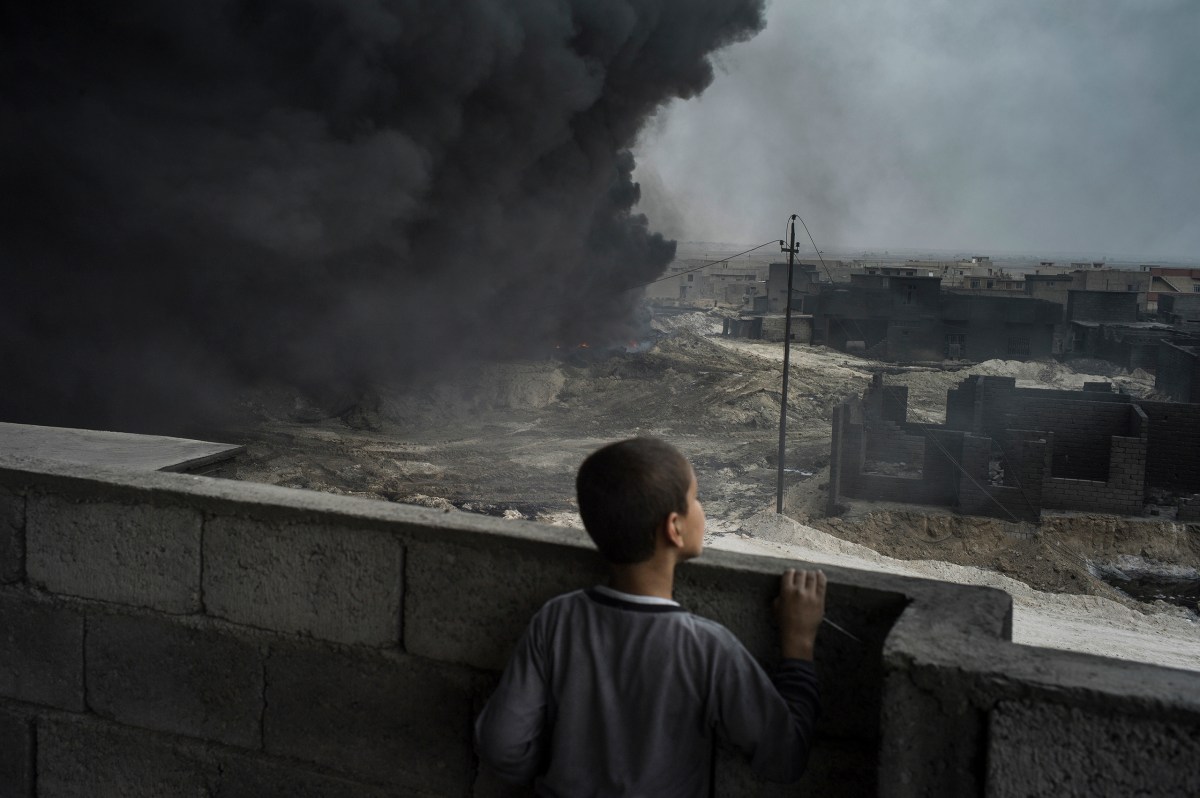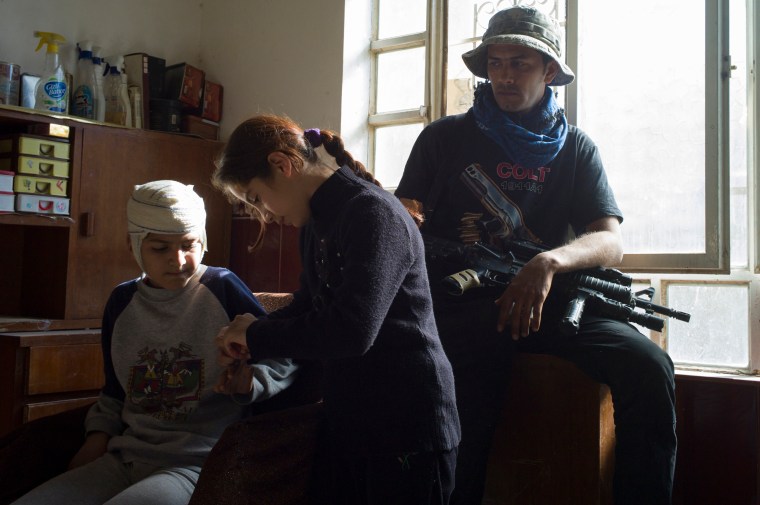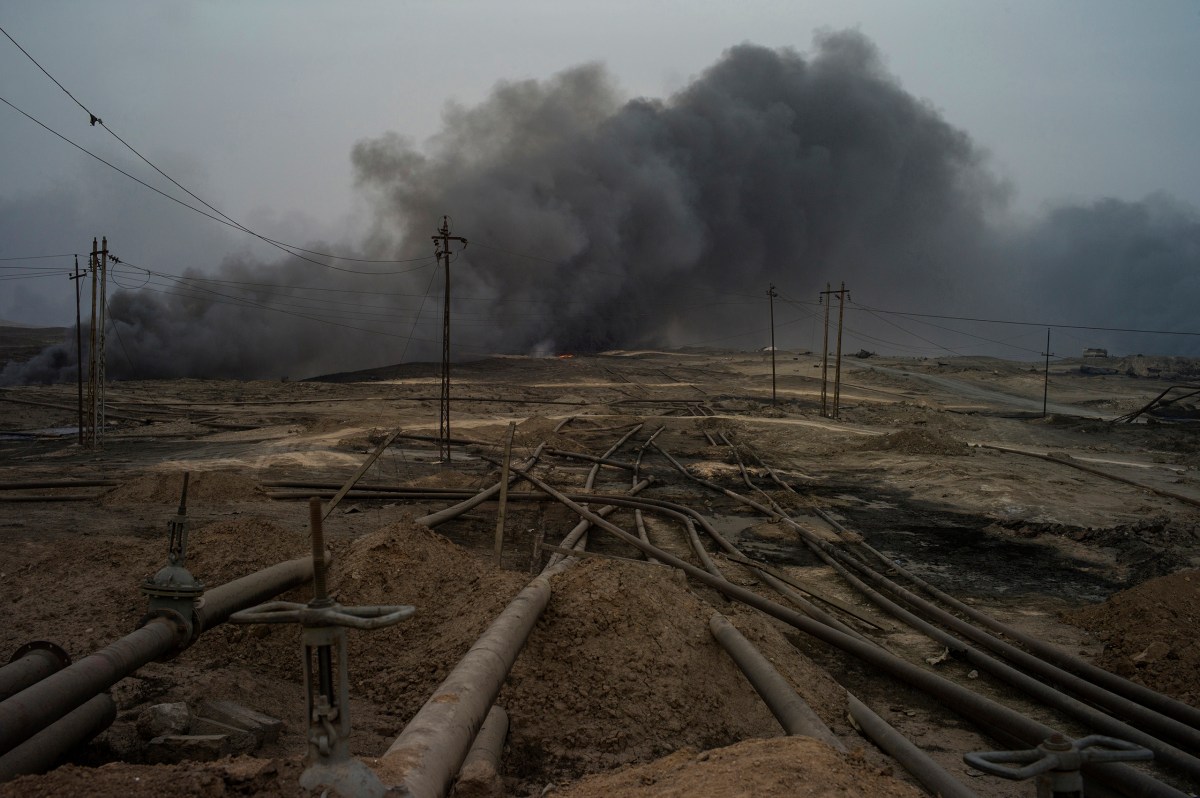Each day, the scenes repeat themselves: hundreds of refugees flee their homes, taking to the roads, many of them holding white flags as they look for safety. Since Oct. 16, when Iraqi forces launched a large-scale offensive on Mosul to dislodge ISIS fighters, more than a hundred villages have been liberated. But the battle for Mosul continues. Members of the Iraqi Special Operations Forces have entered the city, and the battle has intensified with ISIS militants staging new attacks as they cling to the few neighborhoods they still hold.
Over the last six weeks, five photographers—Maria Turchenkova, Laurent Van der Stockt, Jan Grarup, Ivor Prickett and Emin Ozmen—have documented Iraq’s push against ISIS and the resulting flow of refugees. They speak to TIME LightBox.
Laurent Van der Stockt
“War has practically been a constant in Iraq since 1980. The war between Iraq and Iran from 1980 to 1988 killed between 500,000 and 1.2 million people. The international coalition’s airstrikes in 1991 killed 120,000 people, and the 12-year embargo that followed killed between 800,000 and 1.5 million people. We estimate—and the numbers are not clear but they show the extent of the tragedy—that the First Civil War from 2006 to 2008 made between 80,000 and 300,000 victims. How many deaths will the so-called Second Civil War and the war against Daesh leave in their wake?
Its form, its shape has never ceased to evolve and to have a growing international impact, especially on neighboring countries, leading to the birth of the Islamic State in 2014 and the increase in jihadist attacks abroad.
Field work is irreplaceable to comprehend what’s happening. The territories controlled by ISIS were inaccessible for journalists before Iraqi forces, aided by the coalition’s airstrikes, took back the Anbar province and cities like Ramadi in 2015. Their residents have become a source of information on the reality of life under ISIS occupation. And that’s what’s been happening in Mosul for the past month.” Laurent Van der Stockt is a Belgian photojournalist based in Paris.
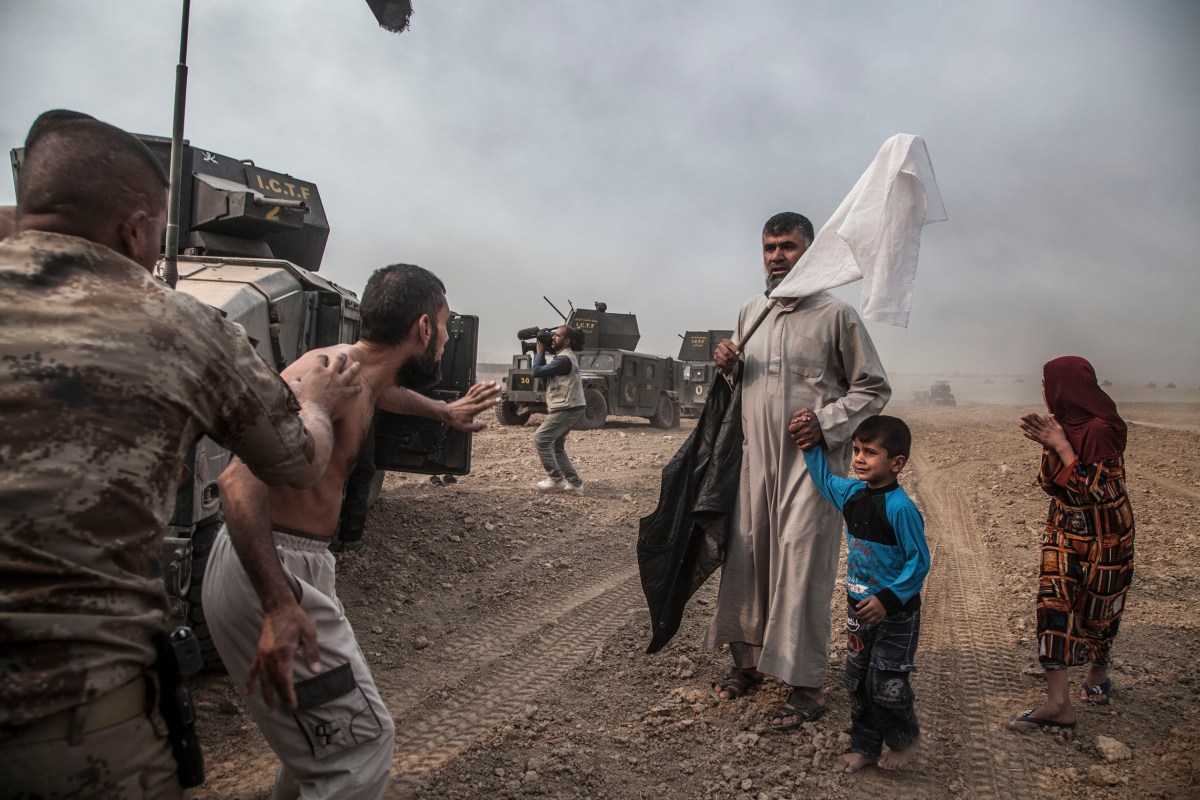
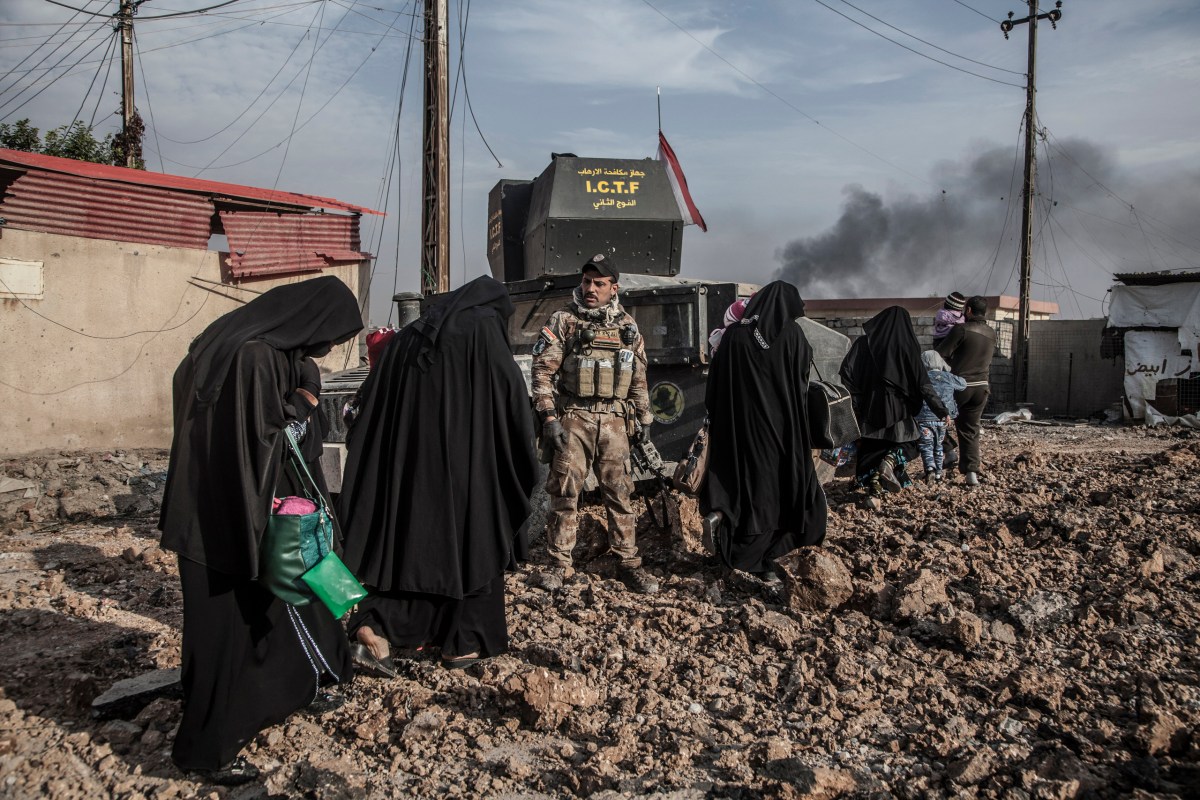
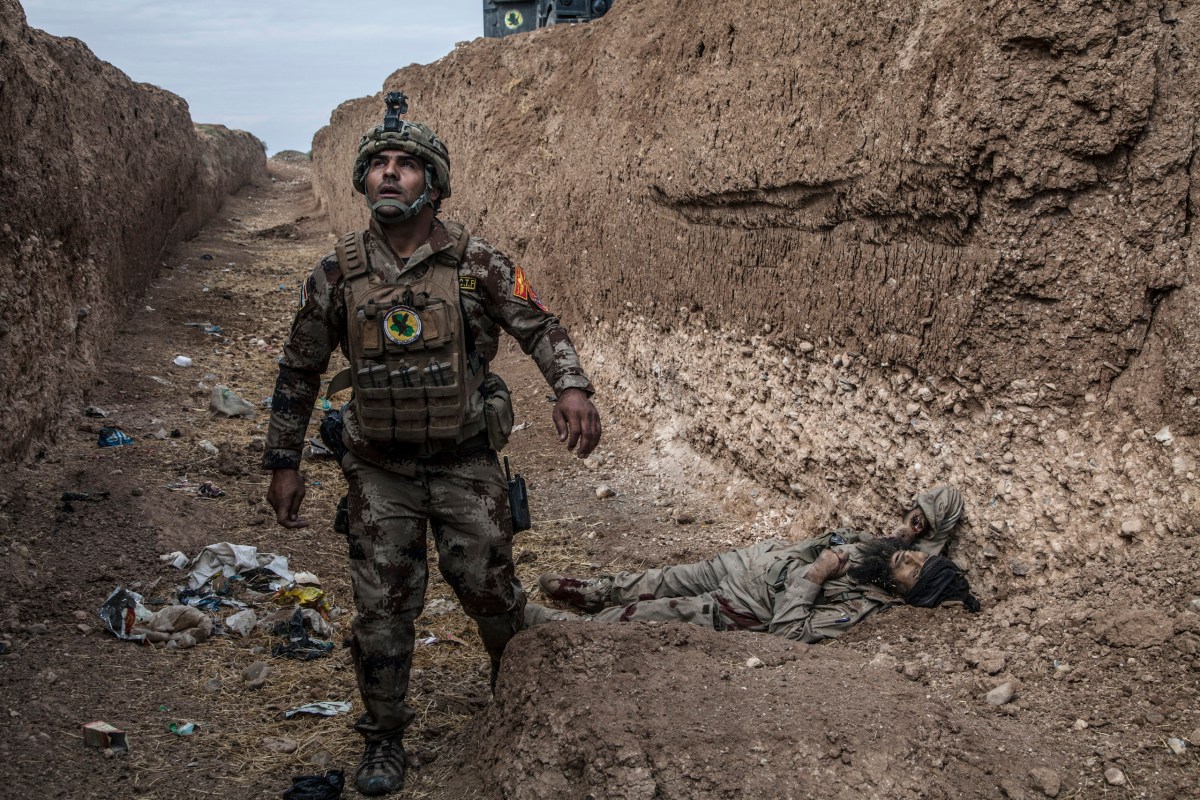
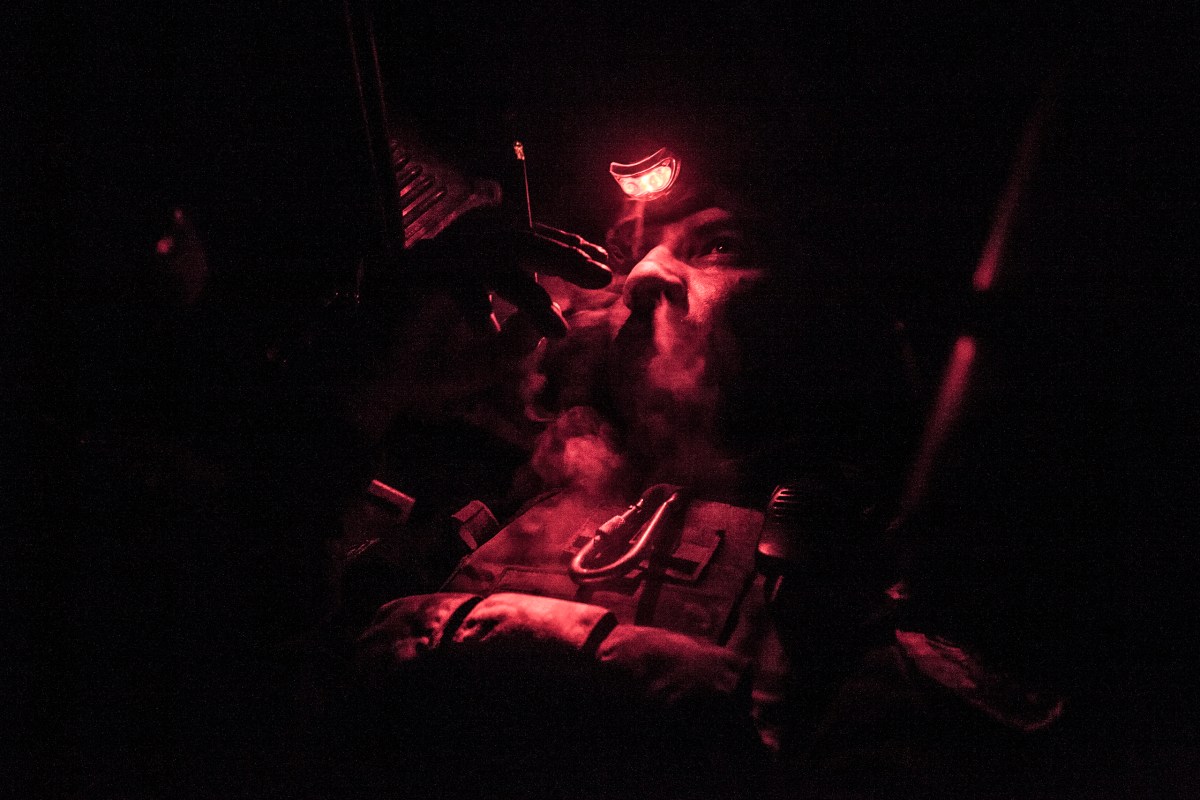
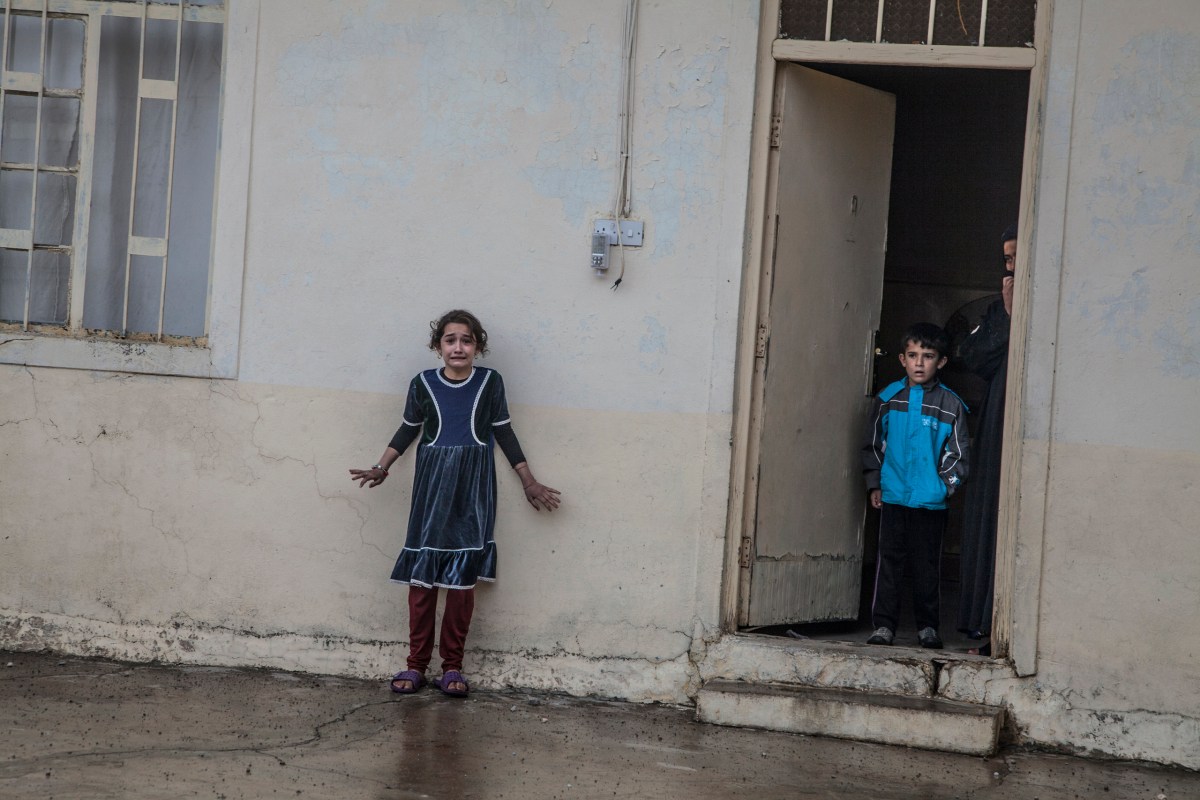
Jan Grarup
“What’s happening in Mosul far from over. It’s a humanitarian disaster in the making. The Iraqi special forces are still far from having control and ISIS combatants are stronger and better prepared than expected. All of the civilians in the city live with the fact that they are both under siege and held hostage. And winter is coming. We, in the western world, live in a very fast-paced society—yesterday’s news is easily forgotten. But for the people in Mosul, this catastrophe is still in its early days and will get worse.
I have been covering conflicts and wars all over the world for the last 27 years. I keep getting surprised about how children have the most amazing ability to adapt and adjust and survive in war zones; how they can find joy and laughter even though mortars and artillery are incoming. They survive. It constantly reminds me that this is their reality and we should honor their ability to stay sane among all this madness.” Jan Grarup is a Danish photojournalist.
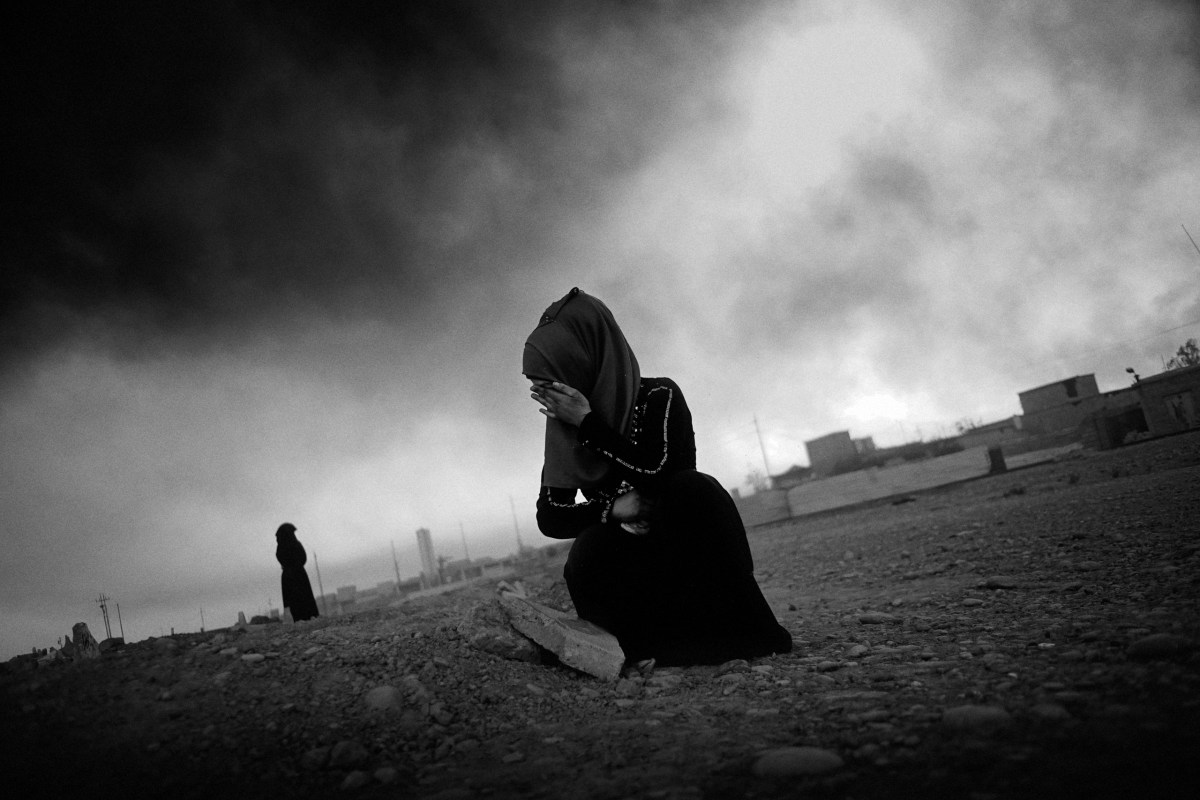
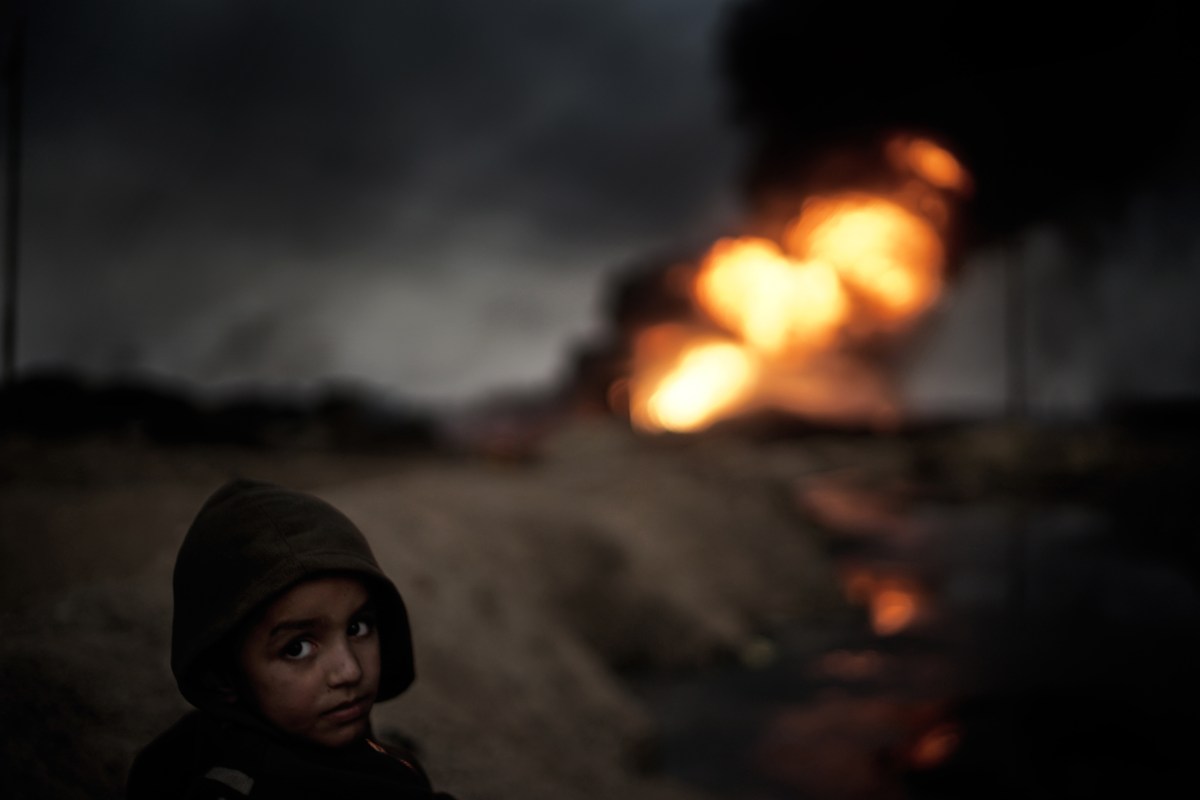
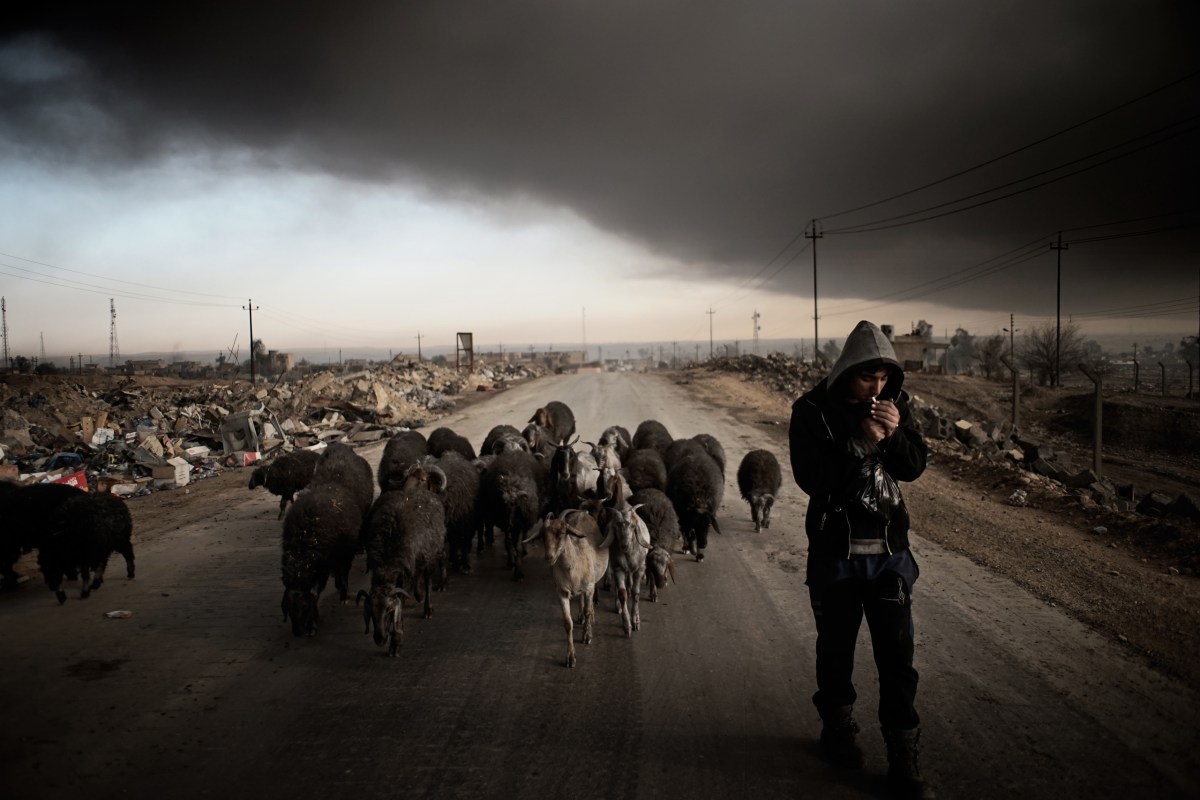
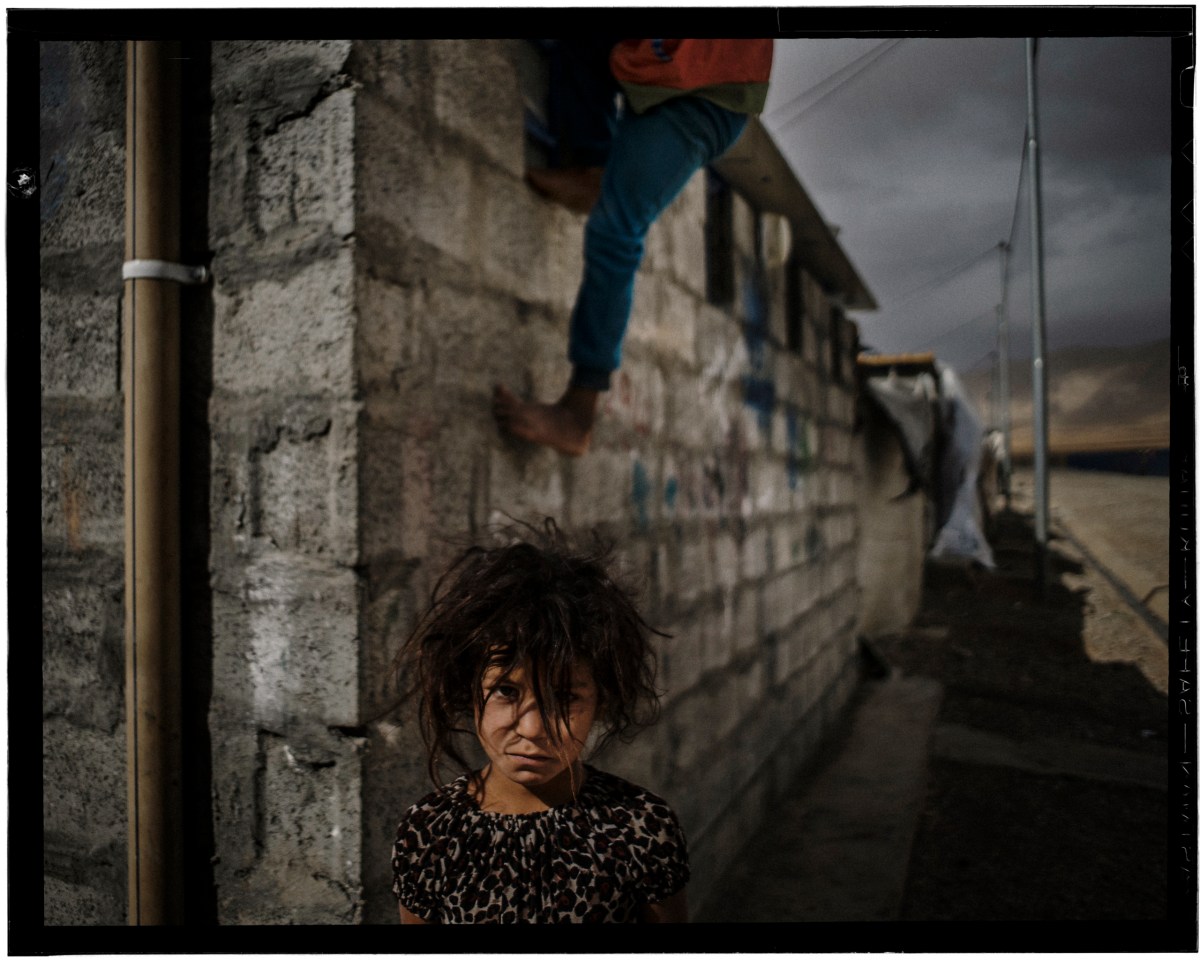
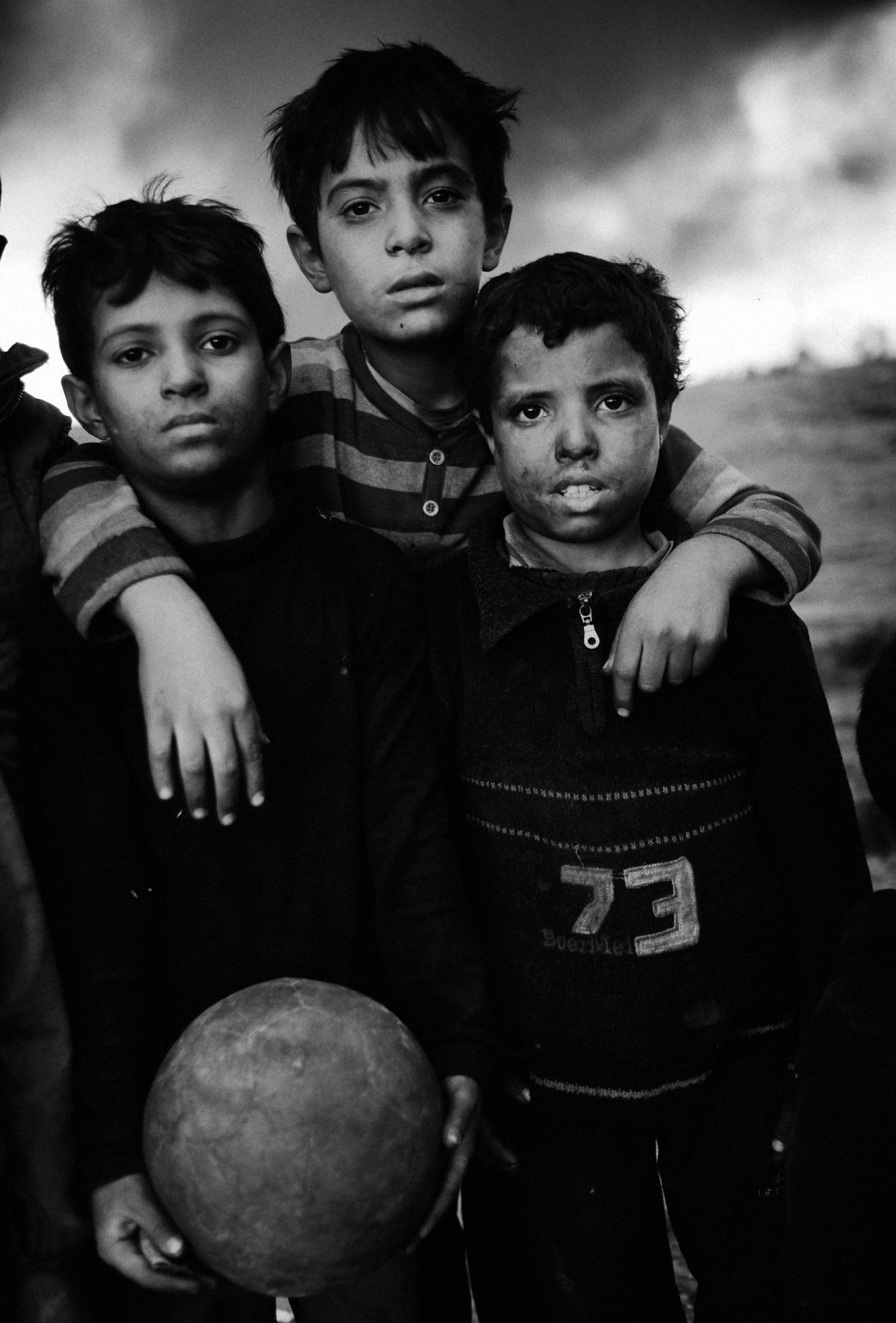

Ivor Prickett
“There were a few days at the beginning of November when up to 10,000 people fled their homes on the outskirts of Mosul as Iraqi forces first reached the city limits.
We watched as caravans of hundreds of cars snaked along the main road that connects Mosul to the Kurdish controlled territory in the East where many of the camps for Internally Displaced People are. They were packed into every available vehicle, including army trucks, which were ferrying people back and forth. That was a rather modern-day twist on what felt like a biblical moment and was both truly surreal but also very difficult to photograph.
When you are confronted by a such a scene it’s almost impossible to know where to point your camera.” Ivor Prickett is an Irish photojournalist.
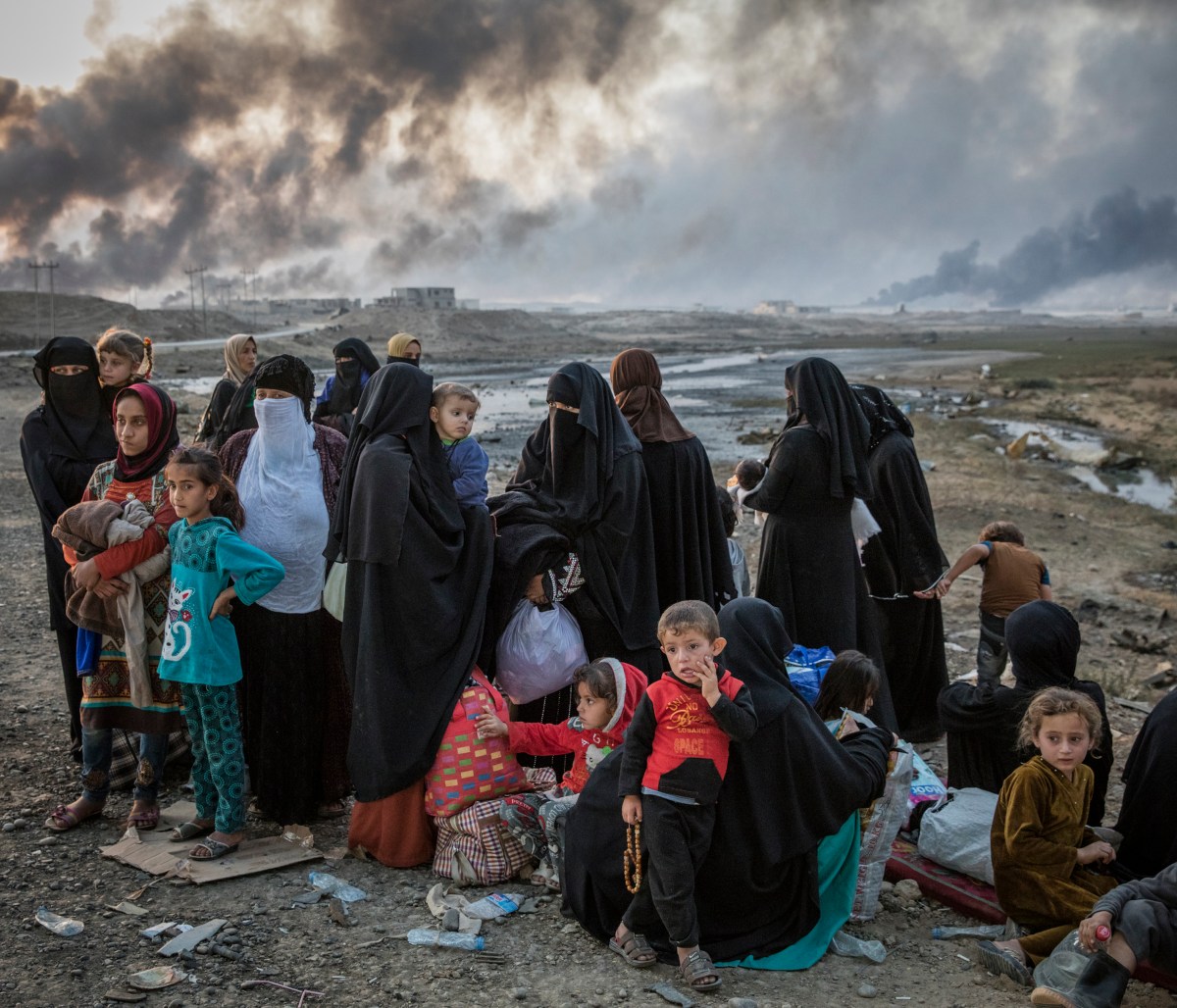
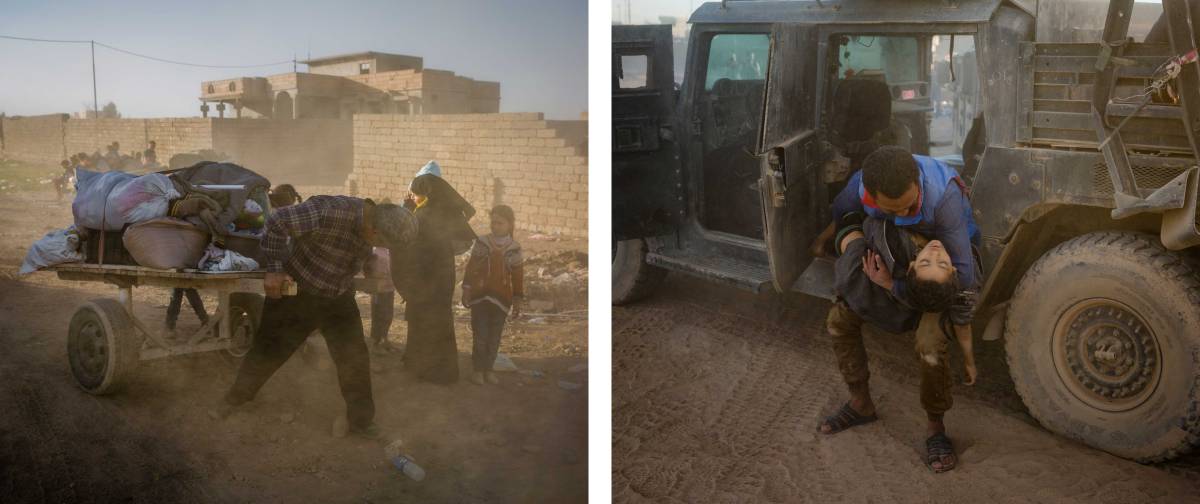
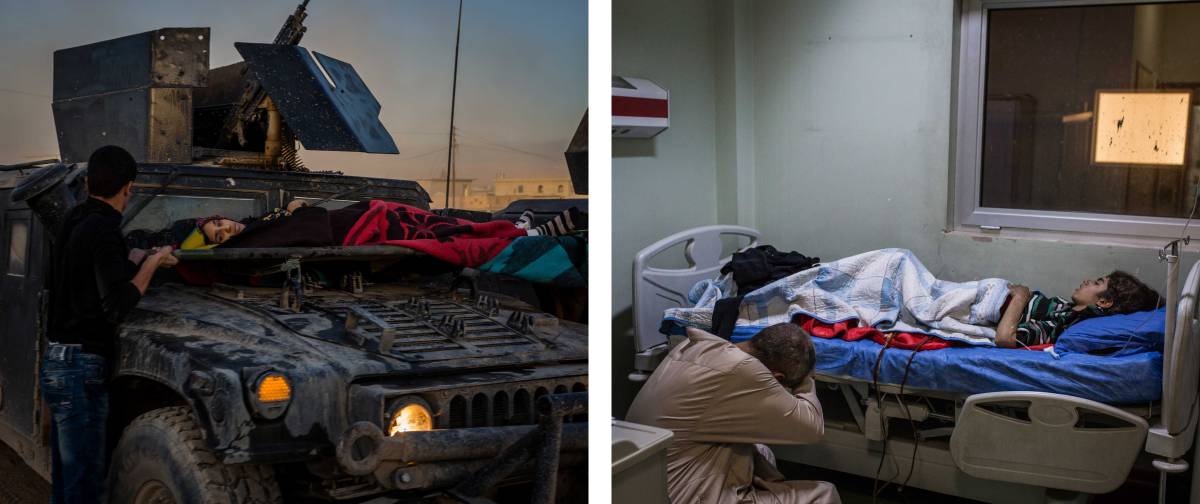
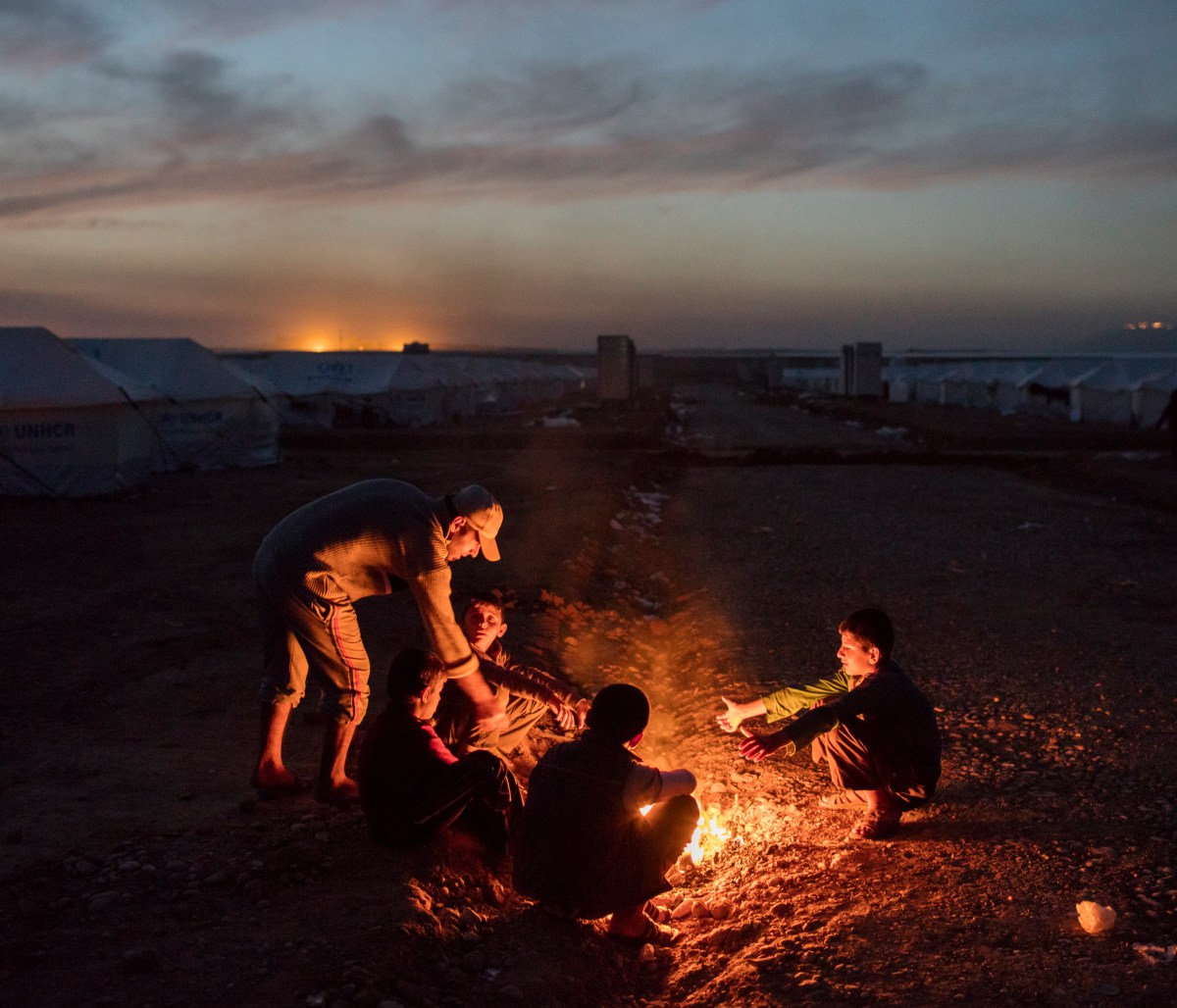
Emin Ozmen
“When I arrived in Qayyarah [a city on the west bank of the Tigris, 20 miles south of Mosul], as sandstorms and smoke covered the skies, there was a line of hundreds of refugees in trucks and cars. It was one of the arrival points for displaced people who had succeeded in escaping Mosul, the city under fire for weeks now.
Later, as I was heading to the frontline, crossing dozens of checkpoints, I found the Tuebe village near the Tigris river. The sounds of combat were near and boats were arriving with many people on them. I boarded one of the boats to get to the other side, and when we got near the bank, people were shouting for us to take them. Most of them were women and children. Some had white flags in their hands. We took the women and babies first and crossed the river again.
The journey had been long for them. One family told me they had been on the road for 22 days, crossing mountains, sleeping in fields in the cold dark night. ‘We had nothing but fear with us,’ they said.” Emin Ozmen is a Turkish photojournalist represented by Agence Le Journal.
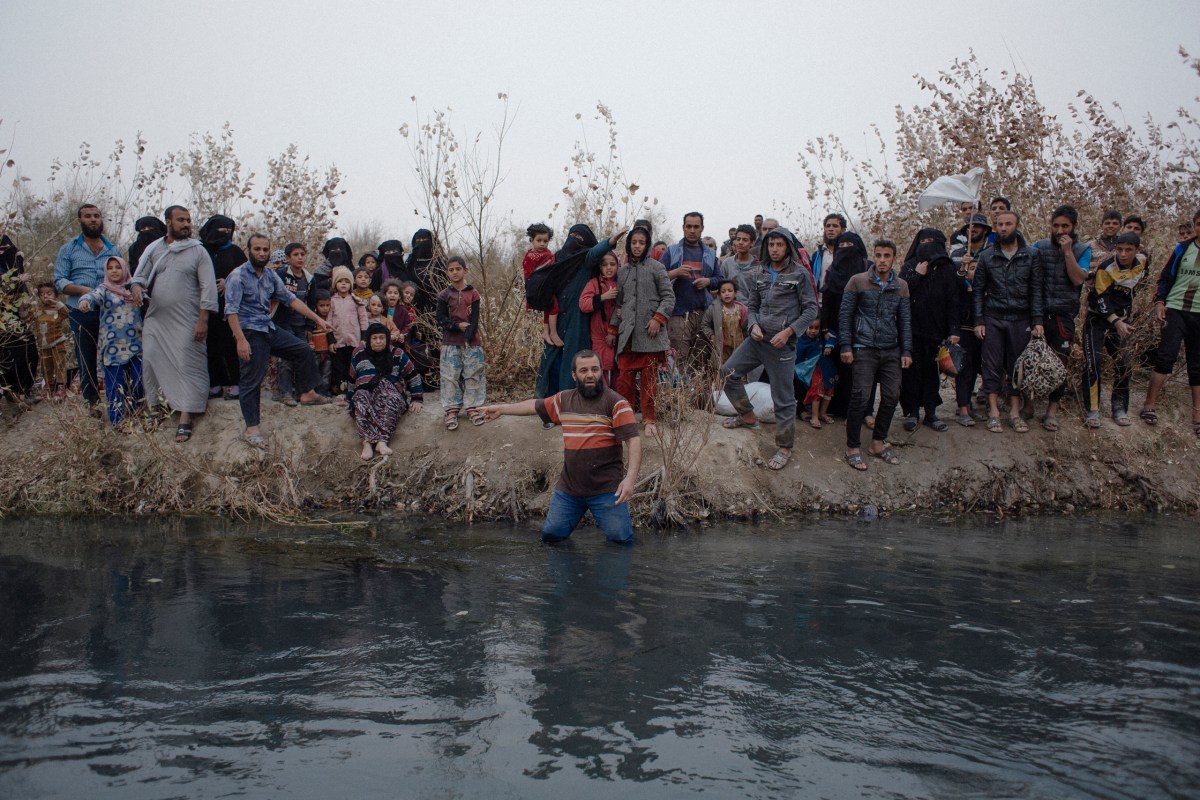
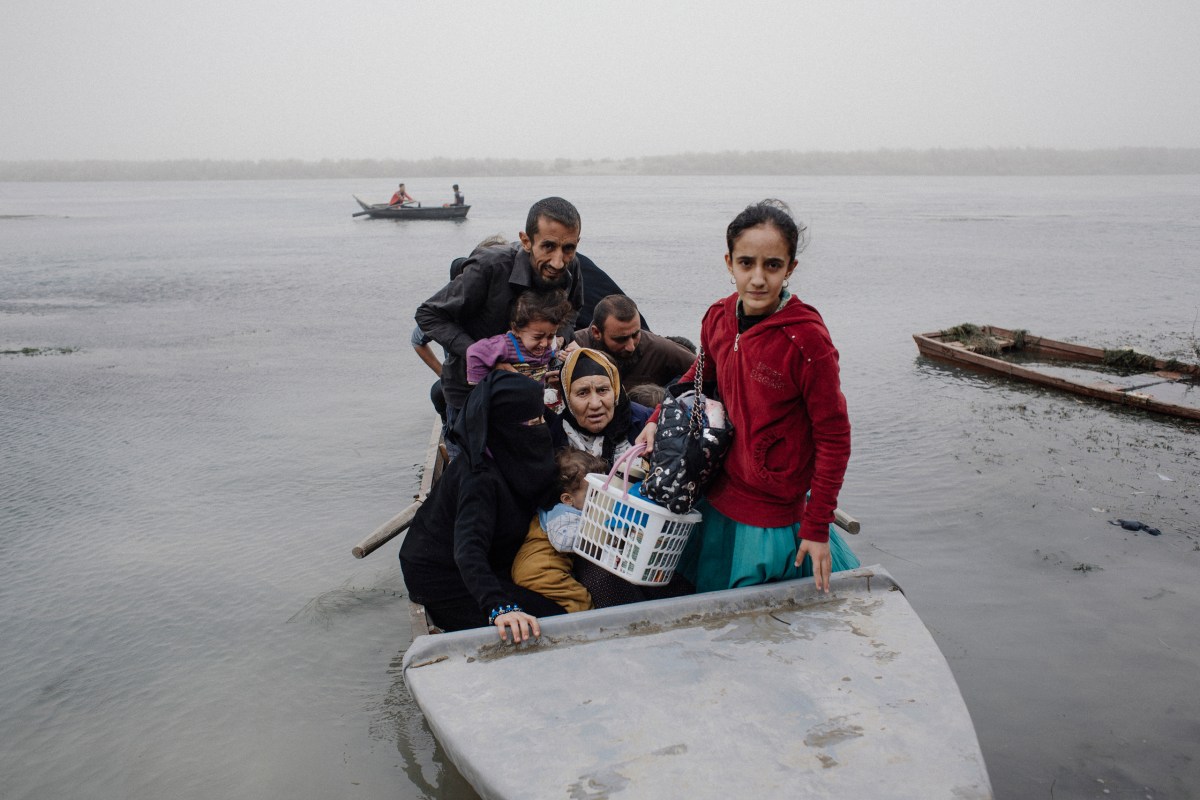
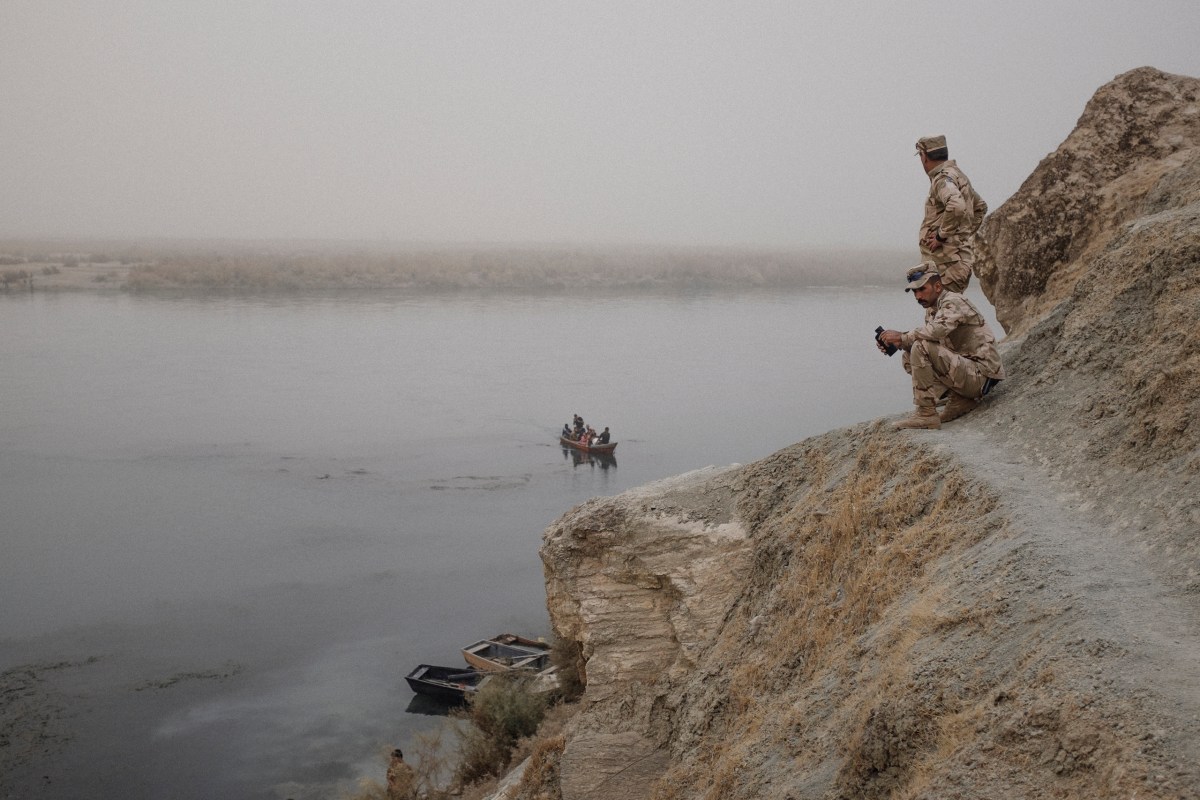
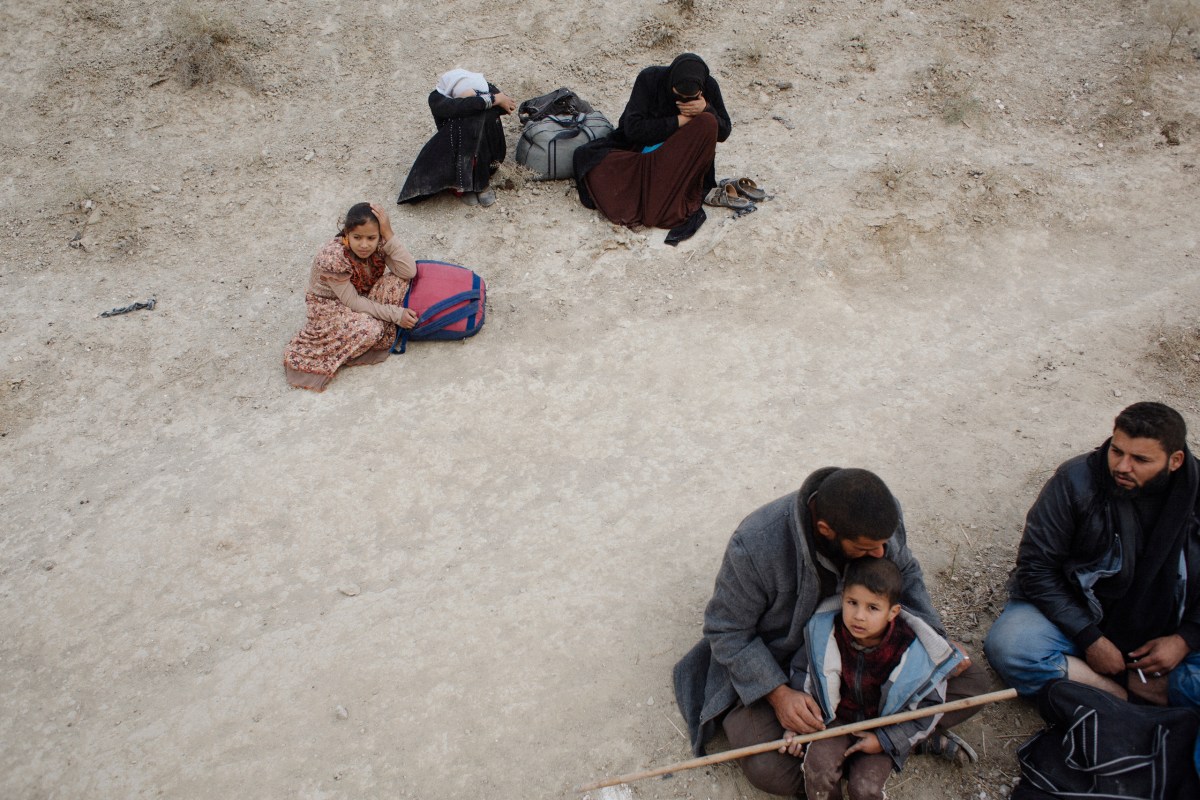
Maria Turchenkova
“The military operation to recapture Mosul is only the beginning of the story. Now I’m mostly focused on the destiny of the civilians after ISIS, on what is happening to people after they fled to the Iraqi-controlled territory. But what’s next? How does it feel to live under terror and, after escaping it, being treated by people as supporters of terrorists? What’s the process of social rehabilitation and psychological recovery of those who lived under ISIS for more than two years. It’s a painful question, it brings a lot of fear and anger.
They are afraid to leave, afraid of being accused, afraid of the unknown destiny. So they stay, whole families with kids and old people, they run from one house to another, looking for a safer corner.
When I entered a house somewhere between the Saddam and Tahrir neighborhoods of Mosul, I met Zainab and Murtadha. Murtadha had been injured the day before when a mortar fell on his family’s house. The whole family of 11 people had fled from ISIS territory and, after crossing the frontline, they had settled in the first empty house as they didn’t want to leave the city for a refugee camp. The moment I arrived, the mortars were falling nearby; the terrifying sound of gunfire could be heard around the corner. Zainad, a 10-year-old girl, was calm, sitting in the morning light next to her frightened cousin, Murtadha, caressing the scratches on his hands, smiling at him. With this small gesture, she was sending so much love to him, as if there was no fight around, as if they hadn’t seen terror and death, as if they had ever been in Mosul. She’s the bravest person I’ve met.” Maria Turchenkova is a Russian photographer.
